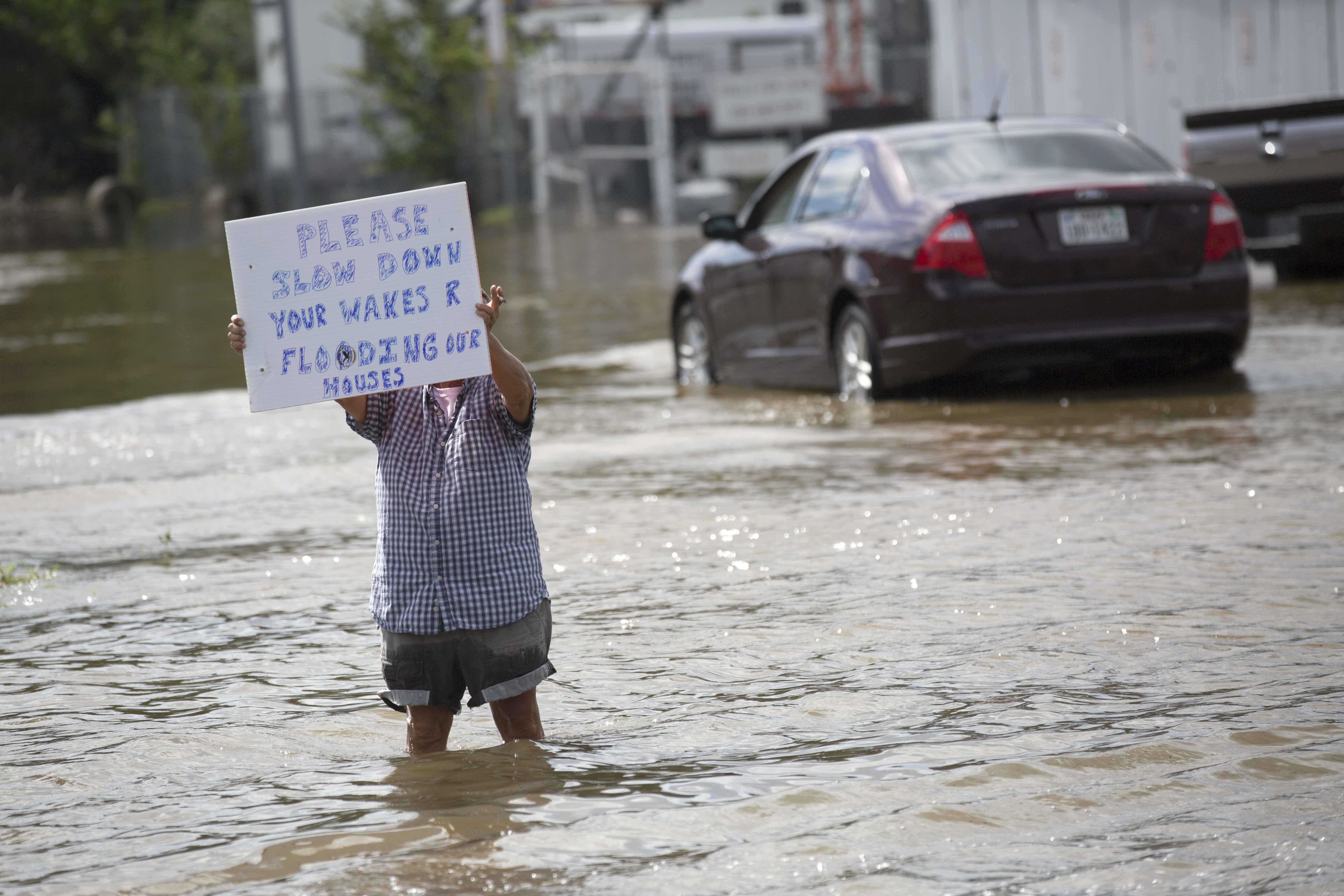Researchers recommend ways to cultivate compassion into urban planning

LAWRENCE — Unfortunately it's easy these days to find examples of people lacking empathy or even basic consideration for one another. Just check the national news or even Twitter or Facebook on any given day.
To combat the deluge of divisive attitudes that might cut along partisan, socioeconomic, racial or gender lines, a group of researchers that includes two University of Kansas professors in a new study argue for cultivating compassion into planning processes, particularly at local levels of government where key issues like land development, transportation, housing and infrastructure are decided.
"We are exploring what it looks like to do compassionate planning," said Ward Lyles, assistant professor of urban planning in the KU School of Public Affairs & Administration and the study's corresponding author. "Are there ways grounded in our best scientific understanding that we can foster more compassion in local decision making?"
The Journal of Planning Literature recently published the article by Lyles and his co-authors, Stacey Swearingen White, professor and program director of the KU Department of Urban Planning, and Brooke Lavelle, co-founder and president of the Courage of Care Coalition in Oakland.
"Compassion is not pity, in which we look down on the suffering of others. Neither is it favoring others who are similar to us," Lyles said. "Instead, compassion means viewing every person as worthy of attention and understanding and with an equal right to prosper. We argue that compassion is consistent with the aims of local government and critical to the work of planning for the future of our increasingly diverse communities."
The researchers argue that planners should add cultivating compassion – understood as recognizing suffering and being motivated to promote human flourishing – as a core part of their professional development as well as their work with the community to serve the public interest. Cultivating compassion requires overtly and intentionally engaging with the interplay of thoughts and emotions in our own minds, as well as approaching other people with openness and awareness.
Techniques for cultivating compassion involve everything from encouraging people to reflect on and even attempt to identify more with others' points of view to having people engage in breathing exercises as a prelude to potentially tense discussions or high-stakes votes.
"Some of what we are talking about is common sense, all too uncommonly applied," Lyles said. "Approach a question with an open mind. Imagine walking a mile in someone else's shoes. Pause and take a deep breath before making a big decision. Our core argument is that many of these simple, but often elusive, skills and behaviors should be a much greater part of professional practice and the training of planners."
The researchers draw on a diverse body of literature to organize a framework for government officials and educators to cultivate compassion at four levels.
- Individual planners can complete a compassion training program and incorporate practices into daily work, including breathing exercises before contentious meetings or certain compassion meditation before engaging with stakeholders.
- Practice-oriented planning organizations, including governments, can facilitate access to compassion cultivating programs for planning staff, planning commissioners, elected officials and neighborhood leaders. Other examples include creating indoor or outdoor spaces for staff to engage in practices, integrating breathing exercises to open public meetings, or complement equity and justice language into a code of ethics with language on compassion.
- Education-oriented planning organizations can offer professional development for planners that includes curriculum and courses that might determine if and how students engage with emotional dimensions of practice.
- Planning processes can consist of meetings framed around reducing suffering and returning regularly to compassion orientation thinking and reflecting during certain exercises. Organizations could also frame planning visions, goals and objectives around compassionate orientation or infuse certain public engagement exercises with compassion cultivation practices.
"An excellent example of a failure to plan compassionately is the situation in Houston this fall following Hurricane Harvey," said Lyles. "For decades, the desire to prioritize short-term economic gain for land developers, builders and the 'growth machine' trumped local governments' willingness to reduce long-term flooding risks by preserving wetlands and steering development to safer areas. The truly sad part is that if we know anything about disasters, it is that they hit the most vulnerable people hardest."
Lyles said a compassionate approach to planning is a natural fit for cities and counties because local planners already have a natural orientation toward fostering greater compassion as they work on public problems.
Many people who enter the field, especially students of urban planning and public administration, have reducing suffering and increasing human welfare as a value that drew them to a service-oriented profession in the first place, he said. With the rapidly growing adoption of mindfulness and meditation in business, education, mental health and other fields, the researchers also want to explore how compassion training may also help local planners create positive and productive workplaces and avoid burnout.
Photo: A resident holds a sign warning passers-by to slow down to reduce wakes that exacerbate flooded streets in a suburb of Houston as U.S Border Patrol riverine agents evacuate residents in the aftermath of Hurricane Harvey on Aug. 30. U.S. Customs and Border Protection photo by Glenn Fawcett, public domain.